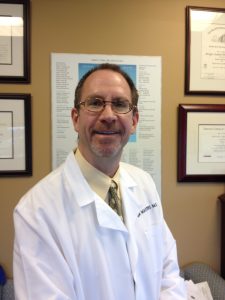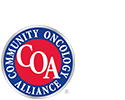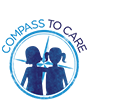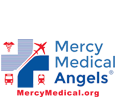Non-Small Cell Lung Cancer: With Greater Understanding Comes Greater Challenges
This week, Real World Health Care speaks with lung cancer specialist, Gregory Masters, MD, FASCO, attending physician at the Helen F. Graham Cancer Center and associate professor at the Thomas Jefferson University Medical School. In addition to being Fellow of the American Society for Clinical Oncology, Dr. Masters is co-chair of the ASCO Committee for Updated Guidelines on Chemotherapy for stage IV non-small cell lung cancer. We talked about some of the challenges facing both researchers and clinicians treating patients with non-small cell lung cancer (NSCLC).
Real World Health Care: What do you see as the biggest challenges facing NSCLC researchers, and how can those challenges be overcome?

Gregory Masters, MD, FASCO
Gregory Masters: The field of lung cancer treatment is exploding in terms of our ability to understand the molecular biology of NSCLC, immunotherapies, targeted therapies and surgical techniques. We’re improving our ability to treat the disease, but we’re also challenged in terms of clinical trials. There’s a limited amount of time, limited number of patients and limited resources to design and implement those studies. More treatments mean more ways to design trials to compare and evaluate the efficacy of those treatments. So in some senses, the field is a victim of its success.
Collaboration is key, and the Cancer Moonshot program is a great example of this because it focuses on the pooling of data and resources to improve our ability to tackle the many challenges we face. We need the large cancer centers working together with community oncologists and the pharmaceutical industry to design studies, get patients enrolled and evaluate results.
RWHC: What do you see as the biggest challenges facing NSCLC clinicians, and how can those challenges be overcome?
GM: As our understanding of the biology of NSCLC increases, it adds a level of complexity for oncologists to keep up with. This is an issue that becomes more acute when you consider that the same oncologists treating NSCLC are treating other types of cancers as well, and there has been an equal explosion of research in other cancers.
We need to make sure that practicing oncologists have the resources they need for ongoing education. They need to attend relevant meetings and stay up on the latest research. They need to avail themselves of the resources available through the National Cancer Institute. They also need access to clinical trials. The real-life challenge in all of this is finding the time and energy to keep up with the latest research and opportunities. In all honesty, there are often not enough hours in the day.
RWHC: What do you think have been the most important advances in NSCLC research over the past decade? And how are those research advances changing the face of clinical treatments?
GM: The biggest advances have been in our understanding of the molecular biology and molecular genetics of NSCLC, which allow for targeted therapies. Each targeted therapy has a targeted population, which helps us make good on the promise of personalized medicine. Plus, we now have immunotherapies that allow us to “turn off” immune system regulators. In a practical sense, this means that patients who, until recently had few options if they were coming to the end of the line in terms of the ability of chemotherapies to treat their disease, now have new clinical options. Those options not only increase our ability to treat the disease, they give our patients the emotional boost they need to take the next step.
RWHC: Where do you see NSCLC research going in the next decade?
GM: It’s hard to predict. I don’t think anyone would have predicted ten years ago where we are today. But one area of promise is the further characterization of molecular changes in tumors as well as secondary changes in patients who have mutations, such as ALK mutations. This work is exciting and just in its infancy. Another area of promise is in our understanding of the immune system to determine which patients will benefit from a course of treatment and which won’t. We’re also developing a better understanding of the importance of palliative care and quality of life. All cancer patients can benefit from palliative care, but we need to expand the care team to include more people who can help, especially because oncologists are stretched so thin. We need additional resources to help our patients manage their symptoms and provide for a better quality of life.
RWHC: While exposure to cigarette smoke, asbestos and certain chemicals have been linked to NSCLC, many patients have not experienced such exposures. At the same time, other people with high exposure don’t get lung cancer. Does this mean the disease may be linked to genetics or some other factor?
GM: This is a question we’ve been asking for many years. How do we differentiate between environmental factors and intrinsic risk in a patient or a population? It’s the old nature versus nurture debate. We’re certainly improving our understanding of risk factors, but we still do not yet know why some people have a higher risk while other who smoke two packs a day don’t. We need more research in epidemiology and population-based studies. Unfortunately, those studies are hard to do.
RWHC: Why did you get into this field? What continues to inspire you?
GM: Choosing a career can be tricky. I was exposed to some great role models when I first started studying medicine and developed a deep respect for oncologists and the relationships they have with their patients. I continue to have great interest in research and learning more about cancer, but more than that, I enjoy having a positive impact on my patients—seeing them improve and seeing the gratitude of family members who appreciate what I do to help their loved ones. That’s what makes me excited to come to work every day.

















